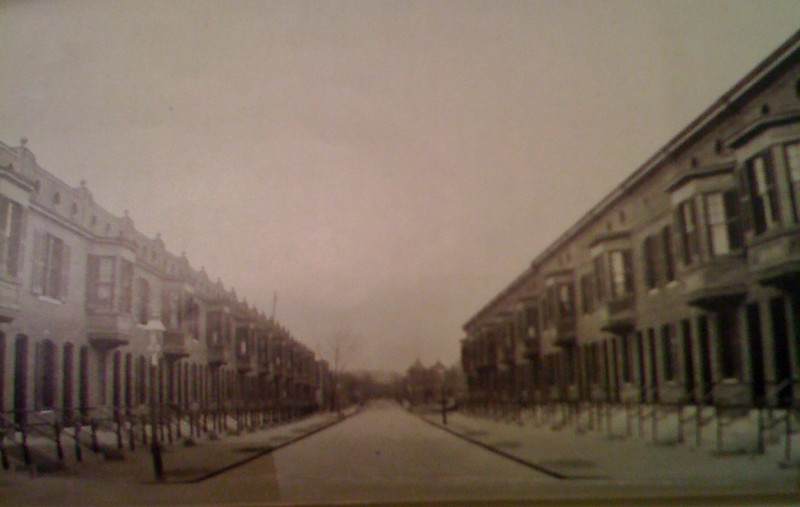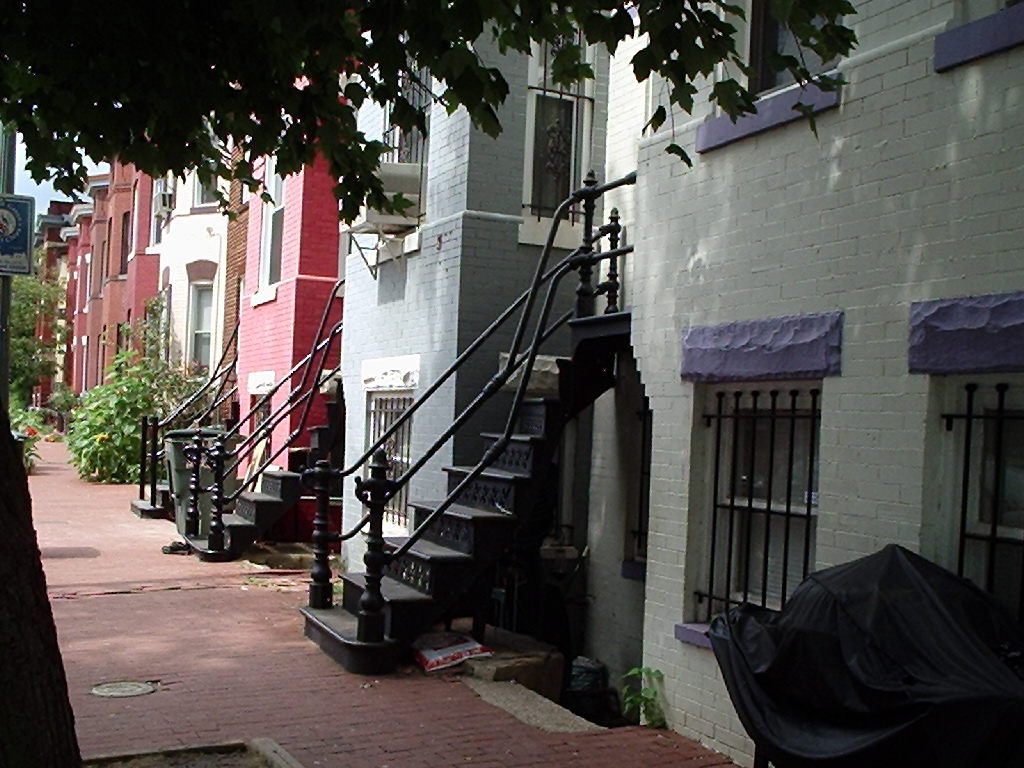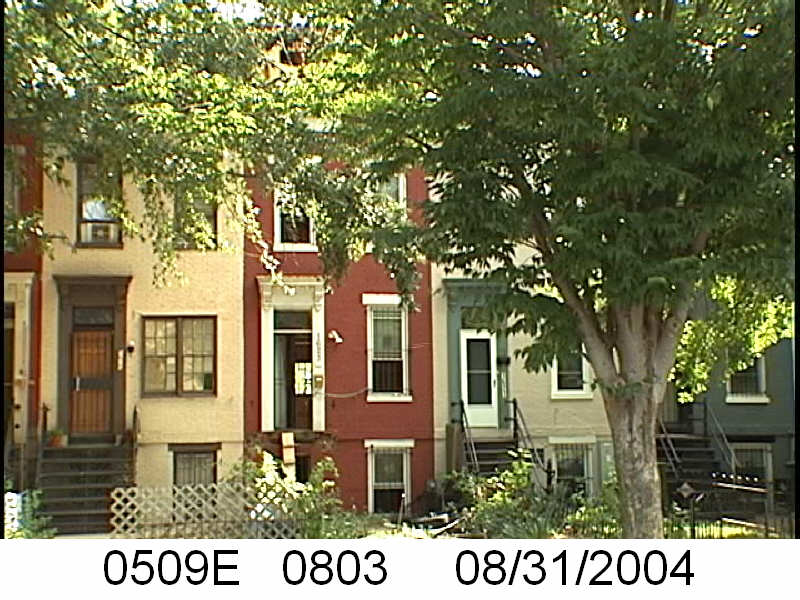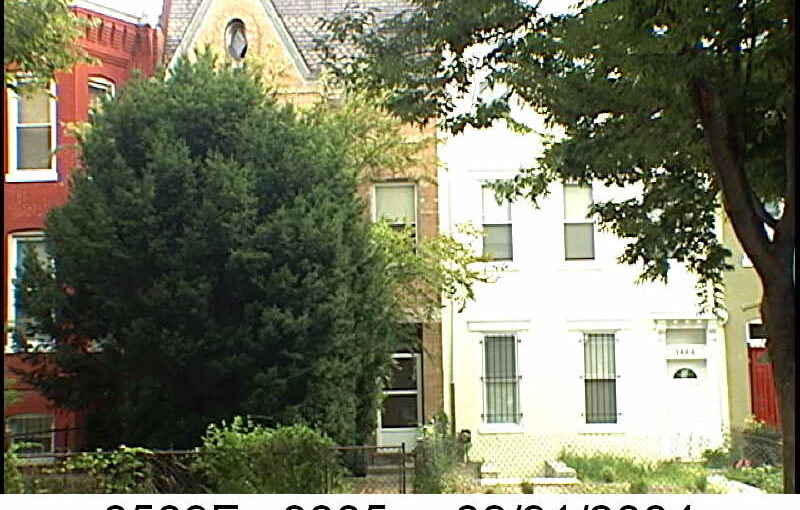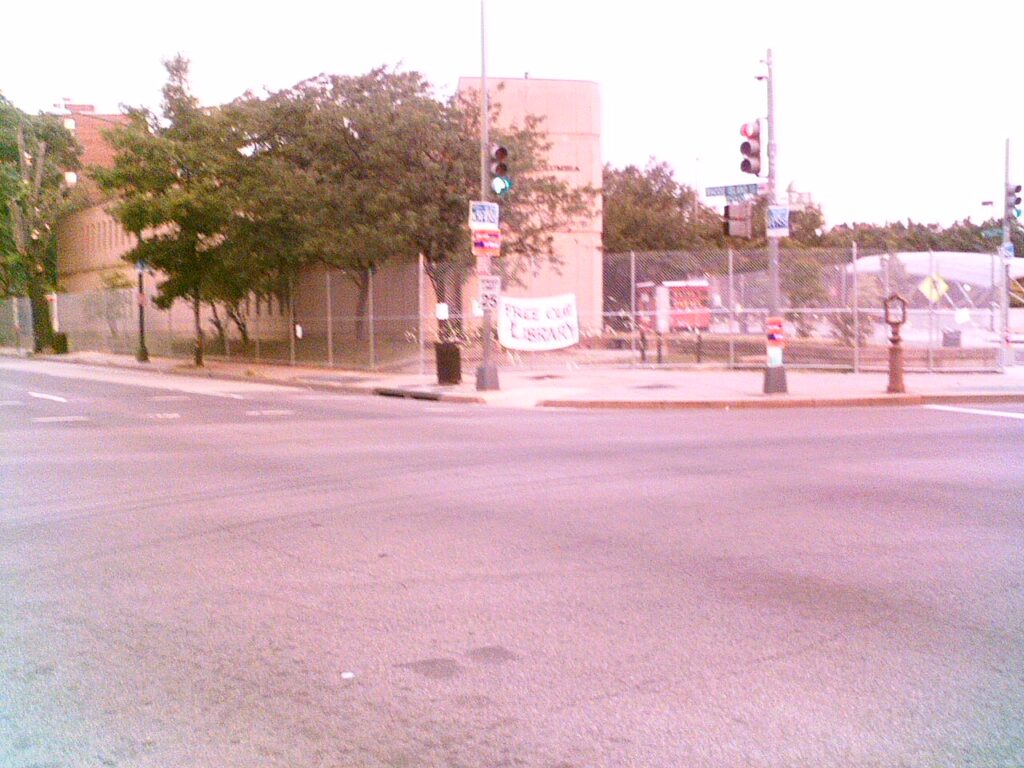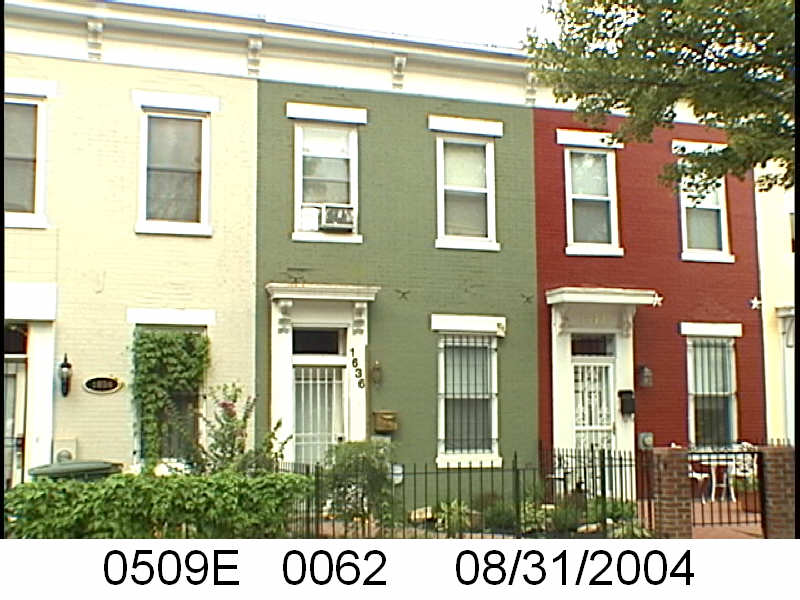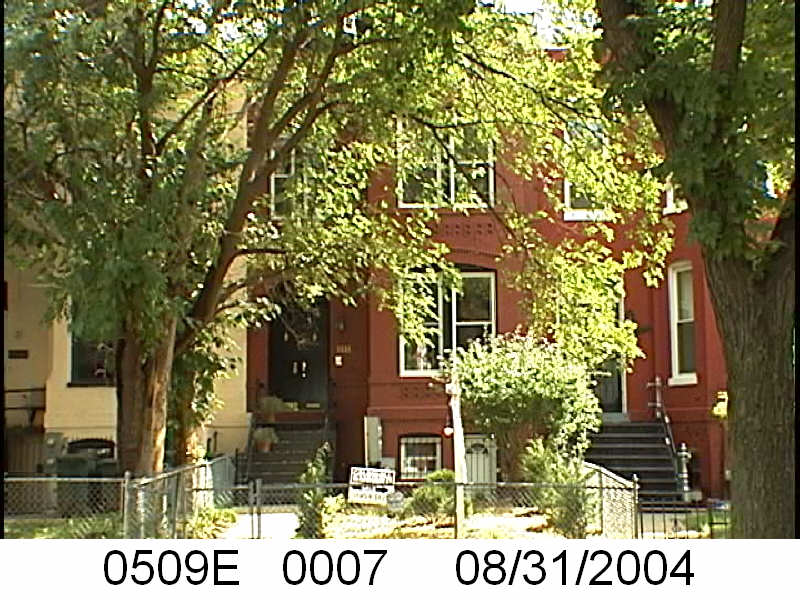
I found an earlier post when the house was up for sale in 2005. Also this property was at one time owned by the Broadus family until they lost it in 1927.
January 1948, Olinian A Hollaway purchased 1611 New Jersey Avenue NW from Percy and wife, Valentine Waddill. Mr. Hollaway took on a $4,500 debt with trustees at 6% interest, and paid it off in September 1964 when he and his wife, Natalie, sold the house to Collier & Vogel Inc.
Usually for every trust/ mortgage there is a release noting the end of the debt. Sometimes when I don’t locate the corresponding release or trust, it is usually something that got lost with fat fingers or bad OCR. I had a release for the Hollaways and did not see an obvious trust. After they sold in July 1964, there were two releases. The first, from September 17, 1964 paid off a 1948 $5,000 trust between the Waddills and the Perpetual Building Association. Olinian’s name doesn’t show up anywhere in the original document. However, the document was part of the January 1948 sale.
Since Olinian is such an unusual name, it was fairly easy to look up his history. When we first find Olinian in the 1950 census on New Jersey Ave NW, he is a clerk working for the city post office. His wife Natalie was a stay at home mom caring for their, then 9 year old, daughter Janice. They lived with two older men, roomers.
Olinian Arthur Hollaway (sometimes spelled Holloway) was born September 6, 1907 in New York City. He served in the New York National Guard, 369th Infantry, off & on between 1928-1930, as a musician. According to his service card he was a deserter, twice.
Olinian married Natalie Clementine Cooke in June in 1939. Very soon their daughter Janice was born in 1940. The family lived at 2025 4th St NW in the mid-1940s. In the 1940 census they lived at 2715 Georgia Ave NW. Janice was not listed.
After selling 1611 NJ Ave NW they bought 413 Jefferson Street NE.
Olinian died in 1985. Natalie was a widow for a very long time until she too passed on May 10, 2010. Despite being dead the house on Jefferson Street is still in both parties names and paying taxes. Since their daughter would be the logical real owner, and she was born pre-WW2, I’m not going to get my undies in a bunch about the senior citizen homestead exemption the Hollaways have.

